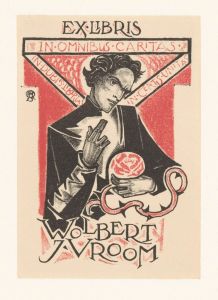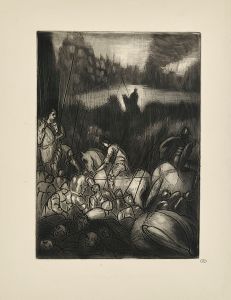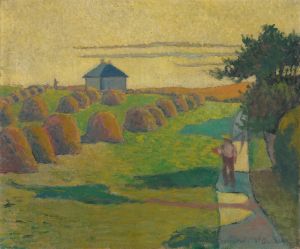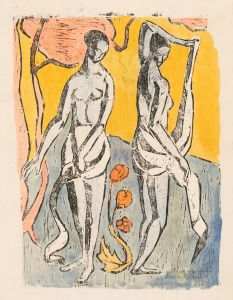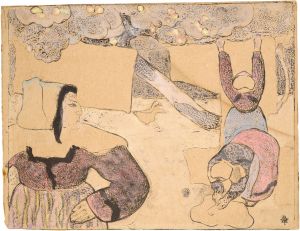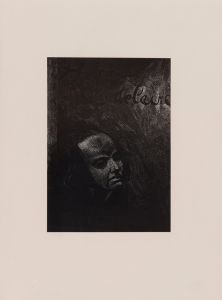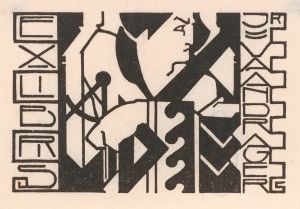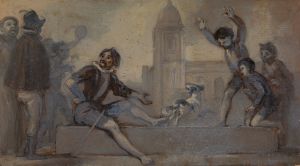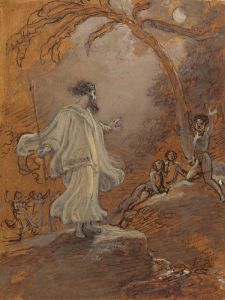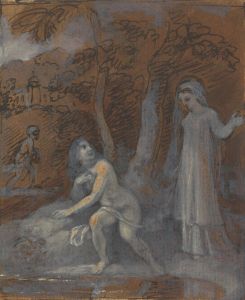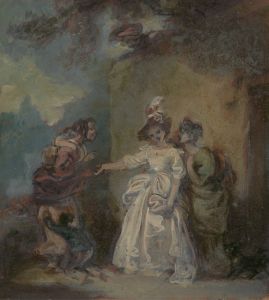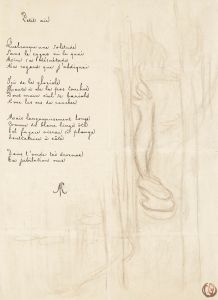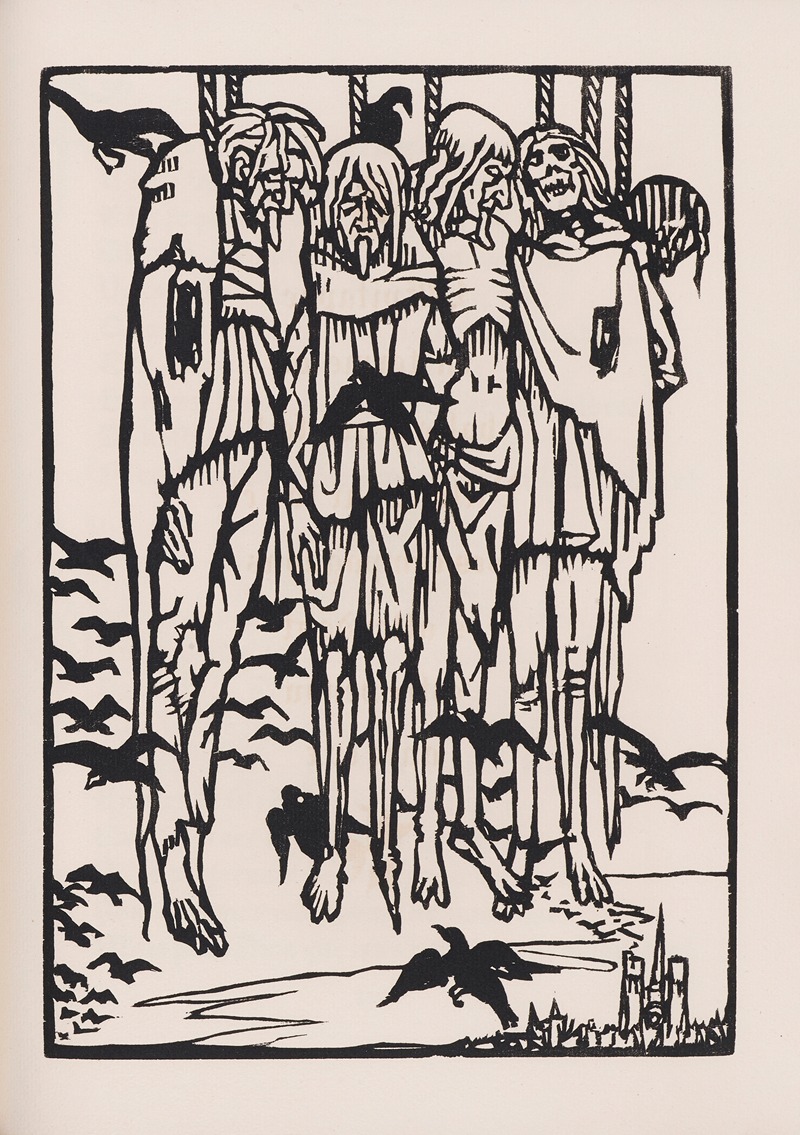
Œuvres de François Villon
A hand-painted replica of Emile Bernard’s masterpiece Œuvres de François Villon, meticulously crafted by professional artists to capture the true essence of the original. Each piece is created with museum-quality canvas and rare mineral pigments, carefully painted by experienced artists with delicate brushstrokes and rich, layered colors to perfectly recreate the texture of the original artwork. Unlike machine-printed reproductions, this hand-painted version brings the painting to life, infused with the artist’s emotions and skill in every stroke. Whether for personal collection or home decoration, it instantly elevates the artistic atmosphere of any space.
"Œuvres de François Villon" is a painting created by the French artist Émile Bernard. Bernard, born on April 28, 1868, in Lille, France, was a prominent figure in the Post-Impressionist movement and is known for his association with artists such as Paul Gauguin and Vincent van Gogh. He played a significant role in the development of Cloisonnism and Symbolism in the late 19th century.
The painting "Œuvres de François Villon" translates to "Works of François Villon" in English. François Villon was a notable French poet of the late Middle Ages, known for his works "Le Testament" and "Le Petit Testament." Villon's poetry often reflected his tumultuous life, filled with criminal activities and a deep sense of existential reflection. His works have had a lasting impact on French literature and continue to be studied and appreciated for their linguistic innovation and emotional depth.
Émile Bernard's painting pays homage to Villon by capturing the essence of the poet's life and works. The artwork is characterized by Bernard's distinctive style, which often includes bold outlines and a vivid color palette, reflecting the influence of Cloisonnism. This technique involves separating areas of color with dark contours, reminiscent of stained glass windows, and was a departure from the more naturalistic styles of the time.
In "Œuvres de François Villon," Bernard likely sought to convey the complex and often contradictory nature of Villon's character and poetry. The painting may include symbolic elements that reference specific themes or events from Villon's life and works, though the exact details of these elements are not widely documented. Bernard's interest in literature and his connections with other literary figures of his time suggest that he had a deep appreciation for Villon's contributions to French culture.
Émile Bernard's broader body of work includes a variety of subjects, from religious themes to portraits and landscapes. He was a prolific artist who continued to evolve his style throughout his career, experimenting with different techniques and influences. Bernard's contributions to the art world extend beyond his paintings; he was also a writer and art theorist, contributing to the intellectual discourse of his era.
"Œuvres de François Villon" is one of many examples of how Bernard's work intersects with literary themes, showcasing his ability to blend visual art with literary inspiration. The painting stands as a testament to the enduring legacy of François Villon and the continued relevance of his poetry in the cultural landscape of France.
While specific details about the painting's creation, such as its exact date and current location, are not extensively documented, it remains an important piece within Bernard's oeuvre. The painting reflects the artist's skill in capturing the spirit of literary figures and his dedication to exploring the connections between different forms of artistic expression.
In summary, "Œuvres de François Villon" by Émile Bernard is a significant work that highlights the intersection of visual art and literature, paying tribute to one of France's most enigmatic poets through the lens of a prominent Post-Impressionist artist.





